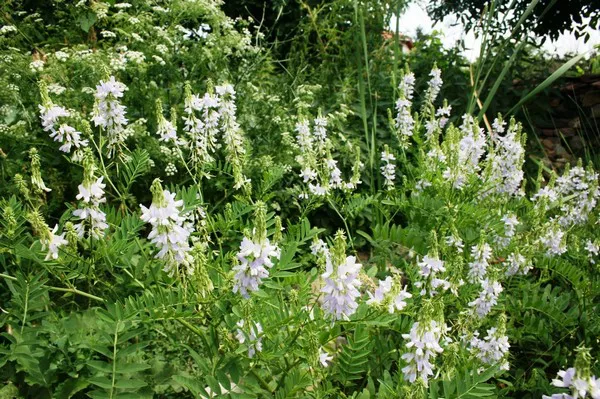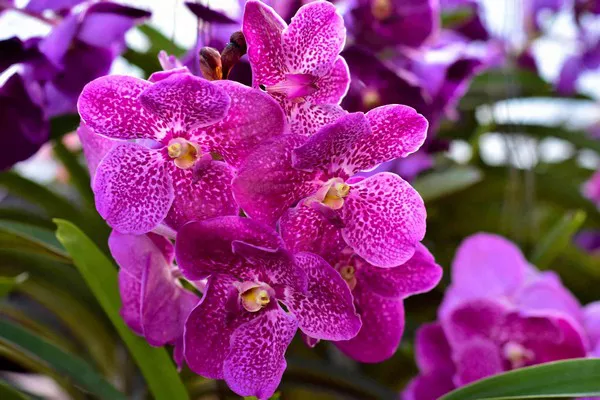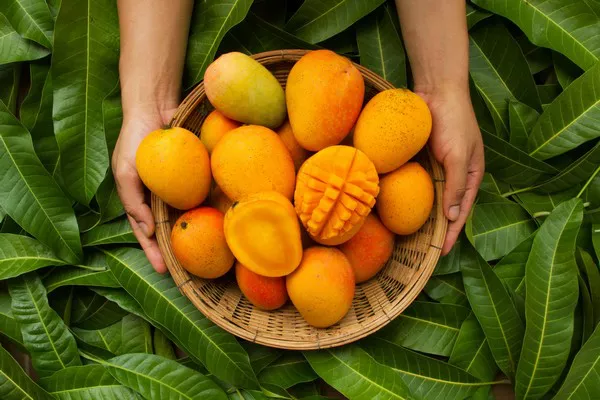Fruits, with their vibrant colors and tempting flavors, are often synonymous with health and vitality. However, hidden among the orchards and jungles of the world are fruits that harbor a dark secret – toxicity. In this comprehensive exploration, we delve into the realm of the 10 most poisonous fruits, examining the biochemical mechanisms behind their toxicity, the regions where they lurk, and the potential consequences of consuming these seemingly innocuous edibles.
10 Most Poisonous Fruits in the World
1. Ackee (Blighia sapida):
Our journey begins in the tropical landscapes of the Caribbean, where the Ackee fruit, revered for its creamy texture and distinctive taste, conceals a potentially lethal surprise. Ackee poisoning, known as “Jamaican Vomiting Sickness,” is caused by the presence of hypoglycin A. We unravel the biochemical intricacies of Ackee toxicity, explore its cultural significance, and delve into the symptoms and treatment of this dangerous encounter.
2. Manchineel (Hippomane mancinella):
Venturing into coastal regions of the Americas, we encounter the Manchineel tree, bearing the deceptively enticing Manchineel fruit. With a taste that can be mistaken for an apple, this fruit harbors potent toxins, including phorbol, capable of causing severe skin burns and internal damage. Our exploration navigates the lethal characteristics of the Manchineel fruit and the cautionary measures required to avoid its toxic embrace.
3. Horse Chestnut (Aesculus hippocastanum):
In the temperate zones of Europe, the Horse Chestnut tree produces a fruit known as a conker. While conkers may be synonymous with childhood games, the raw seeds contain a compound called aesculin, which can cause vomiting, diarrhea, and even paralysis. We unravel the toxic components of Horse Chestnut and examine the historical uses and myths surrounding this deceptive fruit.
4. Cherimoya (Annona cherimola):
From the lush landscapes of the Andes, the Cherimoya emerges as a delectable yet potentially dangerous fruit. The seeds of Cherimoya contain a neurotoxin called annonacin, linked to the development of atypical Parkinson’s disease. Our exploration unravels the intricate connection between Cherimoya consumption and neurological health, shedding light on the delicate balance between pleasure and peril.
5. Rosary Pea (Abrus precatorius):
Found in tropical regions around the world, the Rosary Pea harbors a deadly secret within its vibrant red seeds. Abrin, a highly toxic protein, is released when the seeds are damaged, causing rapid cell death and organ failure. Our examination explores the historical uses and cultural significance of Rosary Pea, while highlighting the extreme caution required in handling this perilous plant.
6. Yew Berry (Taxus spp.):
While the Yew tree is often revered for its evergreen elegance, its red berries conceal a deadly secret. Containing taxine alkaloids, Yew berries can induce cardiac arrest and respiratory failure. Our exploration navigates the historical uses and symbolic significance of the Yew tree, emphasizing the importance of recognizing and avoiding the potential hazards lurking within its seemingly innocuous berries.
7. Pangium edule:
In the lush rainforests of Southeast Asia, the Pangium edule tree produces a fruit with a notorious reputation. The seeds, known as “candlenuts,” are highly toxic due to the presence of phorbol esters. We delve into the historical uses and cultural significance of Pangium edule, shedding light on the potential dangers associated with its consumption.
8. Bitter Almond (Prunus dulcis var. amara):
While sweet almonds are a popular and nutritious snack, their bitter counterparts harbor a potentially lethal compound: hydrogen cyanide. Bitter almonds contain amygdalin, which releases cyanide when metabolized. Our exploration uncovers the biochemical mechanisms behind the toxicity of bitter almonds and the historical uses of their lethal essence.
9. Elderberry (Sambucus spp.):
Known for its medicinal uses and delightful flavor, the Elderberry also contains toxic compounds, particularly in its leaves and stems. The cyanogenic glycosides present in these parts can release cyanide when ingested. Our examination explores the potential dangers of consuming certain parts of the Elderberry plant and the precautions necessary for safely enjoying its culinary and medicinal benefits.
10. Juniper Berry (Juniperus communis):
Widely used in culinary and medicinal applications, Juniper berries also harbor certain risks due to their essential oils. Ingesting large quantities of Juniper berries can lead to kidney damage and other health issues. We explore the historical uses of Juniper berries, their potential therapeutic benefits, and the importance of moderation in their consumption.
Conclusion:
As we traverse the diverse landscapes that host these seemingly alluring yet perilous fruits, it becomes evident that nature’s bounty is not always benign. Each of these fruits, with its unique set of toxins, serves as a reminder of the intricate dance between life and danger in the plant kingdom. Understanding the biochemical mechanisms behind their toxicity, coupled with cultural and historical contexts, allows us to appreciate the delicate balance required when navigating the rich tapestry of the world’s flora.
You Might Be Interested In:























